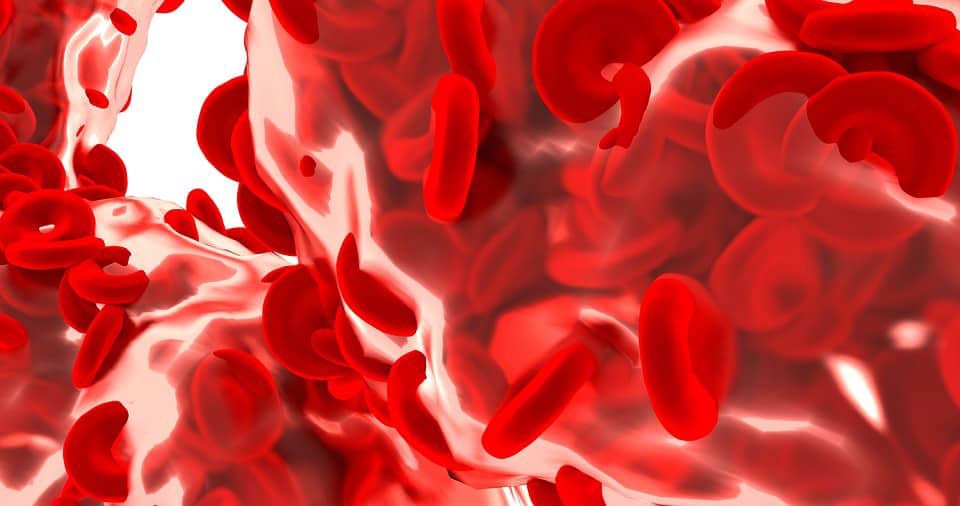What are the best treatments and diagnostic approaches for blood disorders like aplastic anemia and myelodysplastic syndromes (MDS)? The UT Southwestern Medical Center is trying to streamline these options and provide more immersive, collaborative approaches to addressing rare blood disorders. According to Newswise, UT Southwestern recently published two papers on the importance of collaboration in the medical field. By doing so, the Center argues, doctors and patients will have access to the most up-to-date educational resources, advocacy materials, and treatment options available.
The UT Southwestern Research
Aplastic Anemia Research
In the first study, published in Pediatric Blood & Cancer, UT Southwestern researchers explored the efficacy of bone marrow transplants for patients with aplastic anemia. Typically, this treatment is not given as a first response. In fact, many patients do not receive bone marrow transplants unless they have a donor sibling or other treatment options fail. In this study, researchers wanted to understand whether a bone marrow transplant from an unrelated donor is a possible treatment option for pediatric patients with aplastic anemia – without setting them up for complications.
21 patients aged 26 or under received either immune-suppressive treatment (the normal care option) or a bone marrow transplant from an unrelated donor. Next, UT Southwestern researchers, in conjunction with other collaborators, analyzed patient responses for a period of 18 months (approx. 1.5 years). Of the 12 patients receiving a bone marrow transplant, 10 found a donor within 8 weeks (2 months). Following treatment, patients with a bone marrow transplant actually recovered faster than those receiving immune-suppressive treatments. Furthermore, researchers found that both options provided significant benefit to patients. As a result, researchers determined that doctors are not putting patients at risk by offering a bone marrow transplant instead of immune-suppressive therapies.
MDS Research
In the next study, also published in Pediatric Blood & Cancer, researchers surveyed different medical centers across the nation about how they diagnosed and treated MDS, as well as how they helped patients manage their conditions. In the United States, there is not yet a standardized approach to diagnosis, treatment, or MDS management. However, researchers wanted to understand if implementing a standardized procedure would benefit doctors and patients alike.
Researchers surveyed 35 members of the North American Pediatric Aplastic Anemia Consortium (NAPAAC). Of these, 28 completed the survey. Ultimately, researchers determined that diagnostic criteria are fairly straightforward. However, treatment options are varied. Through this data, researchers believe that coming up with a more standardized set of clinical guidelines will ultimately benefit patients with MDS.
Aplastic Anemia
A rare but serious blood disorder, aplastic anemia occurs when damaged stem cells prevent the bone marrow from creating new, healthy blood cells. The condition can occur quickly or develop over time. However, in many cases, it is progressive and does worsen. Symptoms of aplastic anemia include:
- Bleeding gums
- Prolonged bleeding from cuts or other injuries
- Severe or frequent nosebleeds
- Frequent infections
- Difficulty breathing
- Pale skin
- Fatigue
Learn more about aplastic anemia.
Myelodysplastic Syndromes (MDS)
There are five main subsets of myelodysplastic syndromes (MDS), progressive hematologic conditions which inhibit healthy blood cells from developing in bone marrow: refractory anemia, refractory anemia with sideroblasts, refractory anemia with excess blasts, refractory anemia with excess blasts in transformation, and chronic myelomonocytic leukemia. In all of these conditions, platelets, white blood cells, and red blood cells remain immature and never leave the bone marrow. Generally, MDS affects people over 60 years old. It often occurs more in males than females. In about half of all cases, MDS progresses to become acute myeloid leukemia (AML).
Some patients will not experience symptoms until later stages. Symptoms depend on which blood cell levels are affected. However, these symptoms include:
- Anemia (low red blood cell count)
- Neutropenia (low white blood cell count)
- Thrombocytopenia (low platelet count)
- Fatigue and low energy
- Pale skin
- Chest pain
- Difficulty breathing
- Easy bruising and bleeding
- Frequent infections
- Heart palpitations (heart “skipping a beat”)
Learn more about MDS.






